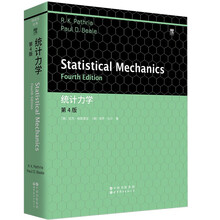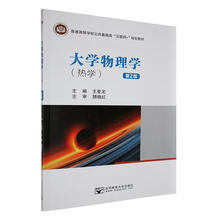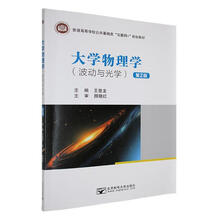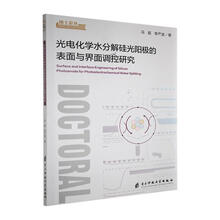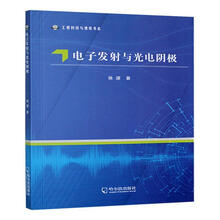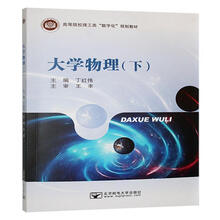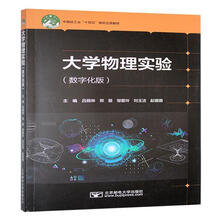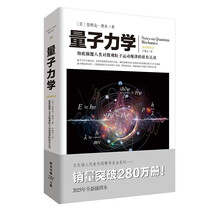Preface
Acknowledgements
Author biography
Units and conventions
1 Classical field theory
1.1 Lagrangian formalism for fields
1.2 The Klein-Gordon field
1.3 The electromagnetic field
1.4 Lorentz invariance
1.4.1 Rotations
1.4.2 Boosts
1.4.3 An example of a Lorentz-invariant quantity
1.5 Transformation of fields under Lorentz transformations
1.6 Noether's theorem
1.6.1 Implications of Noether's theorem
1.7 Applications of Noether's theorem
1.7.1 Translational invariance
1.7.2 The Klein-Gordon energy-momentum tensor
1.7.3 Angular momentum and Lorentz transformations
1.8 The Hamiltonian formalism for fields
1.8.1 Hamilton's equations for fields
References
2 Quantization of free fields
2.1 The quantum linear chain and phonons
2.1.1 Going from classical to quantum
2.1.2 Construction of the vacuum and many phonon states
2.2 Poisson brackets in classical field theory
2.3 Quantization of a free scalar field theory
2.3.1 Quantized Hamiltonian operator
2.3.2 Vacuum renormalization and normal ordering
2.3.3 A note on dimensions
2.3.4 The vacuum state
2.3.5 Single particle states
2.4 Multi-particle states and Fock space
2.5 Complex scalar fields
2.6 Quantization of a complex scalar field
2.7 Causality
2.8 Propagators
2.9 Propagators as Green's functions
References
3 Quantization of interacting field theories
3.1 Weakly-interacting scalar fields
3.2 Two examples of interacting quantum field theories
3.3 The interaction picture and Dyson's equation
3.3.1 Dyson's formula
3.4 Interactions in scalar Yukawa theory
3.5 The S-matrix
3.5.1 Example: pion decay in the scalar Yukawa model
3.6 Beyond leading-order perturbation theory
3.6.1 Wick's theorem
3.6.2 Example: nucleon–nucleon scattering in the scalar Yukawa model
3.6.3 Feynman diagrams
3.6.4 Feynman diagrams for scalar ip4 theory
3.6.5 Example: leading-order correction to the propagator
3.6.6 Wick rotation
3.7 Decay rates and cross sections
3.8 Examples using scalar Yukawa theory
References
4 Quantum electrodynamics
4.1 Classical Dirac fields
4.1.1 The Dirac equation
4.1.2 Hamiltonian density
4.1.3 Energy-momentum tensor
4.1.4 Poincare invariance and generalized angular momentum
4.2 Quantization of the Dirac field
4.2.1 The fermion field
4.3 The Feynman propagator for Dirac fields
4.4 The electromagnetic field
4.4.1 Local gauge invariance
4.4.2 Gauss'law
4.4.3 Gauge fixing
4.5 Quantization of the electromagnetic field
4.5.1 Coulomb gauge
4.5.2 Poisson (Dirac) brackets for constrained systems
4.5.3 Coulomb-gauge mode expansion
4.5.4 General Lorenz (covariant) gauge
4.5.5 The photon propagator in general covariant gauge
4.5.6 The Gupta-Bleuler method
4.6 Coupling the electron to the photon
4.6.1 Gauge invariance of the QED Lagrangian
4.6.2 Obtaining vertex functions directly from the QED Lagrangian
4.7 QED Feynman rules
4.7.1 External lines
4.7.2 Internal lines
4.7.3 Interaction vertex
4.7.4 Special rules for fermions
4.8 QED Feynman rules—Examples
4.8.1 Electron–positron scattering
4.8.2 Compton scattering
4.9 The leading-order electron–positron scattering cross section
References
5 Renormalization of quantum electrodynamics
5.1 Renormalization of quantum electrodynamics
5.2 Beta functions
5.3 Renormalizable field theories
5.4 Dimensional regularization in QED
5.5 One-loop renormalization of QED
5.5.1 Electron self-energy
5.5.2 Photon polarization
5.5.3 Electron-photon vertex
5.5.4 Summary
5.6 Schwinger–Dyson equations
5.7 Photon wavefunction renormalization
5.8 Electron wavefunction and mass renormalization
展开

